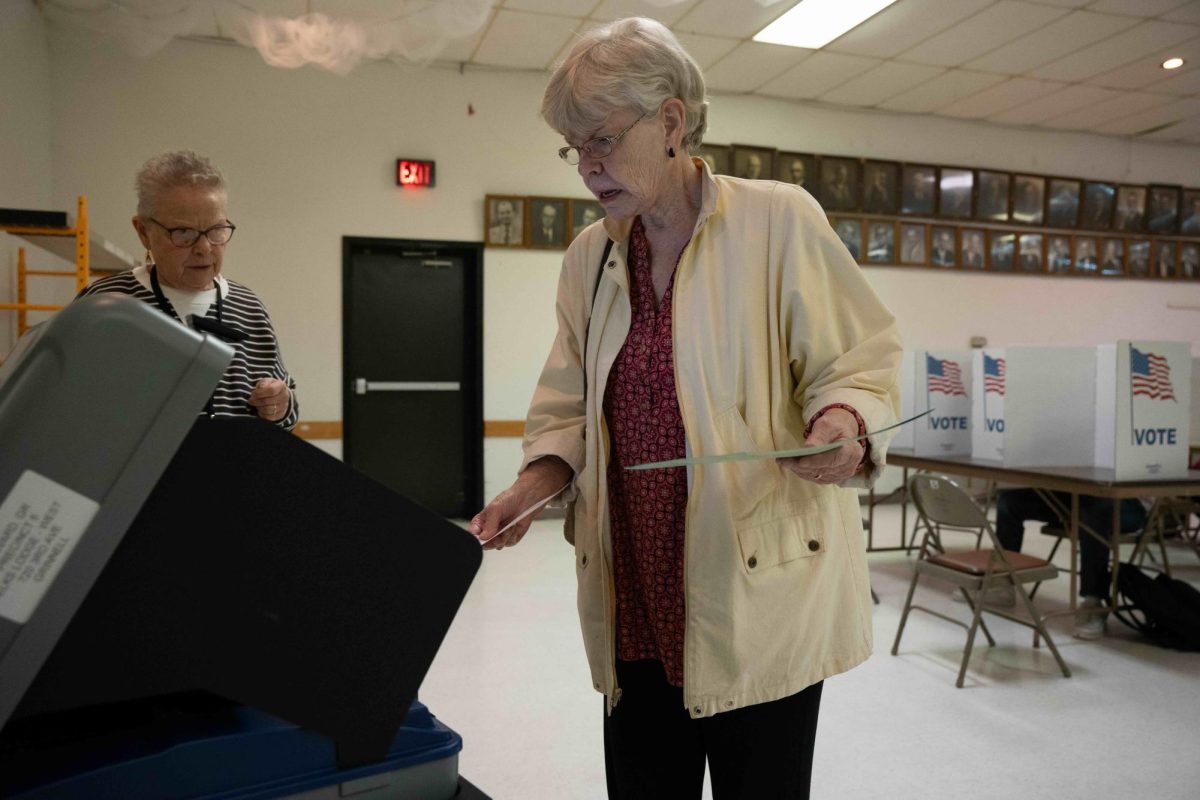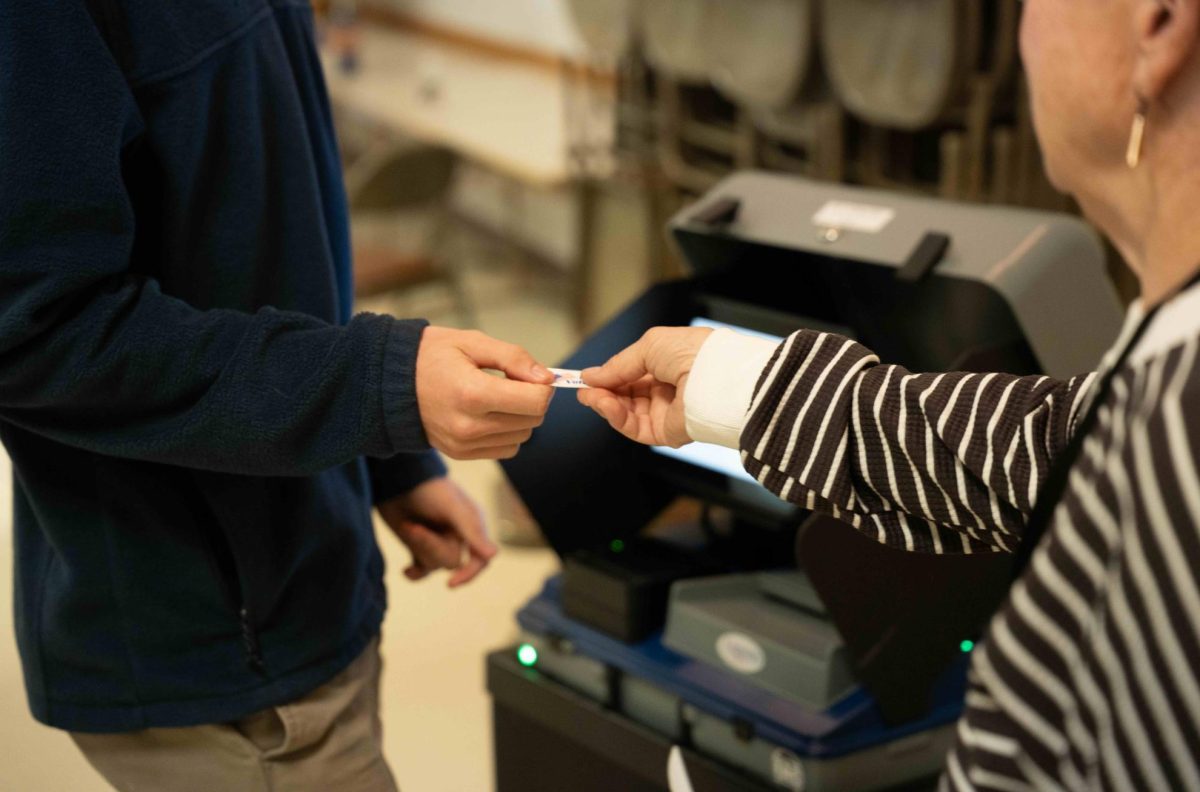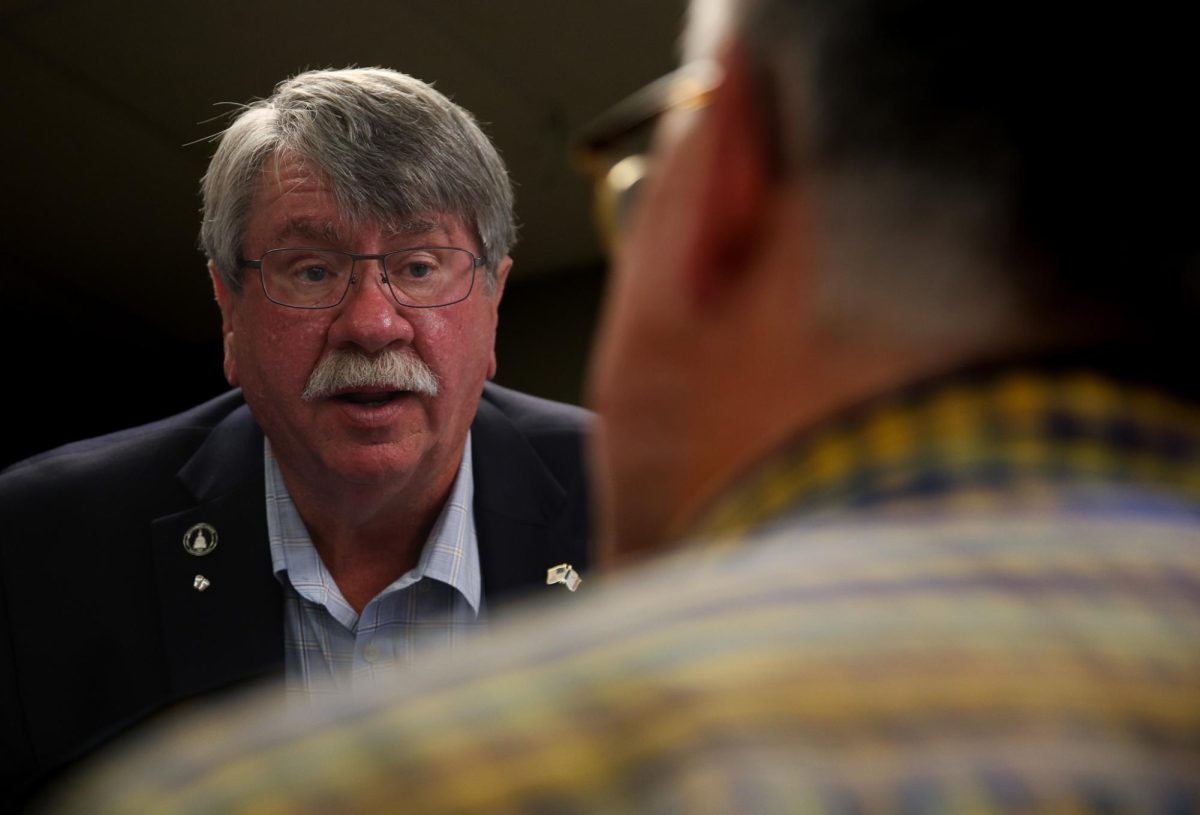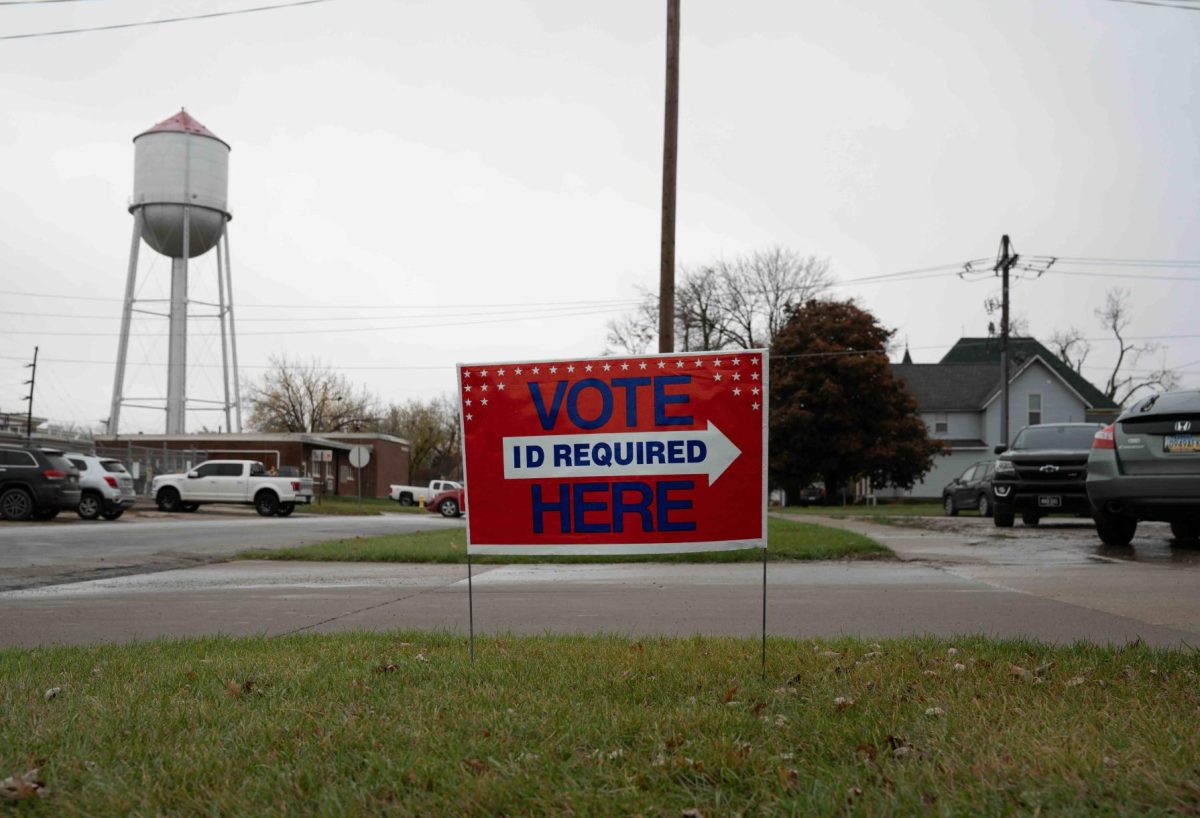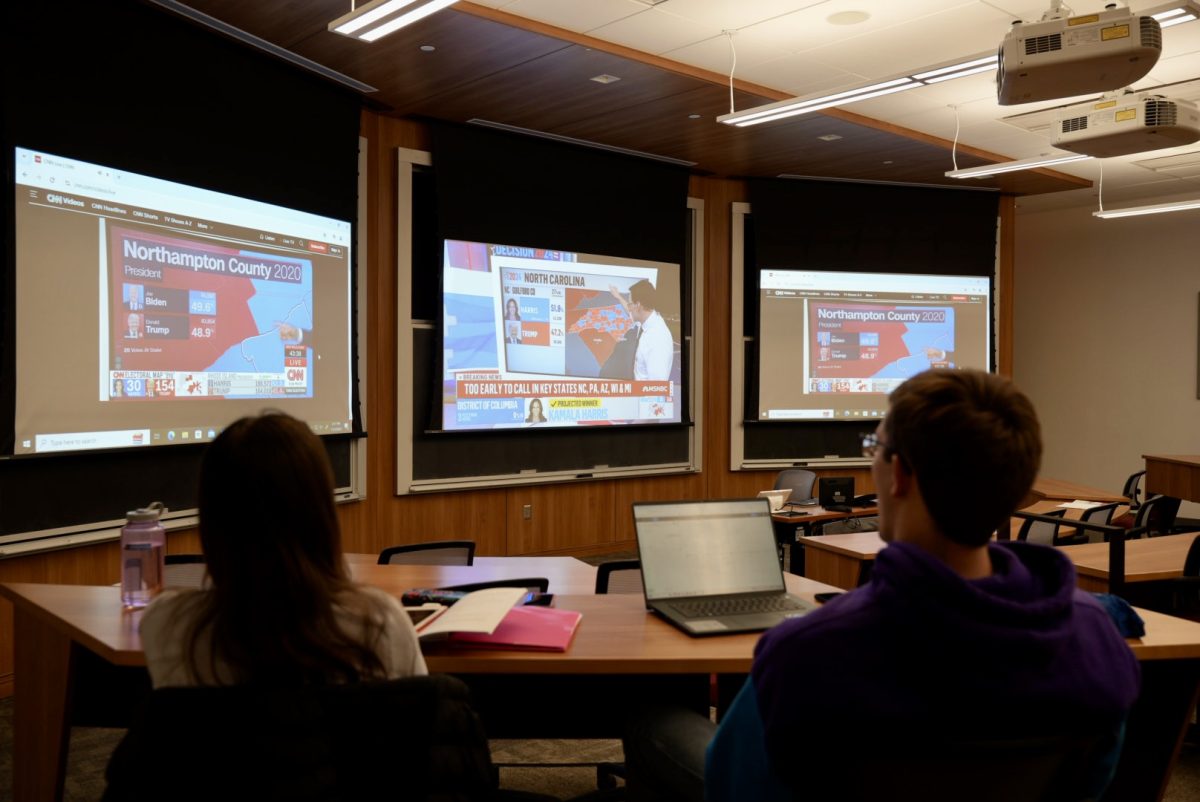
With the 2024 Presidential election creeping over the horizon, most Americans are dissatisfied with President Joe Biden’s performance and believe that American democracy is under a major threat, according to results from the October 2023 Grinnell College National Poll.
Republican and Republican-leaning independent respondents rang in at the highest percentage for each of these statistics, coming in at a total of 90 percent who do not approve of Biden’s performance and 64 percent who believe democracy to be under a major threat. Yet, 56 percent of Democrat respondents also answered that American democracy was under a major threat –– a 21 percent increase from when this same question was asked in the October 2021 Grinnell College National Poll.
Peter Hanson, associate professor of political science and director of the poll, said he believes this increase among Democrats stems from Donald Trump rising as a likely Republican candidate for the Presidential election once more.
“Republican opinion here has been pretty consistent, and I think is relatively well explained by the idea that they believe there was fraud in the 2020 election,” Hanson said. “But what’s changed between 2021 and today that would lead to a 21 percent increase in this year among Democrats? It’s probably Donald Trump emerging as the front runner and concerns about a second Trump presidency.”
A large majority of Republican respondents, 82 percent, said they would vote for Trump if the 2024 general election were held today. 83 percent of Democrats said they would vote for Biden. Among independents, responses were almost evenly split, with 35 percent saying they would vote for Trump, 32 percent for Biden and 30 percent for another candidate.
“Obviously it’s way too soon to be able to predict what way this election might move,” said Tim Murphy `23.5, a research assistant for the poll. “But what we are pretty confident in saying is that the way it moves is going to bank on those 30 percent of independents that are going to vote for someone else.”
Republicans, Democrats and independents were largely able to agree on term limits, not only in Congress but on the Supreme Court, too. Over 80 percent of all three groups agreed that they mostly favor setting term limits in Congress. 60 percent and 61 percent of Republicans and independents agreed respectively that they mostly favored setting 15-year term limits on Supreme Court justices – 80 percent of Democrats said they supported this same limit.
“We don’t find strong bipartisan support for much in our polling,” Hanson said. “Typically we see a pretty big partisan division.”
Hanson said the results from the poll that show strong bipartisan support for term limits on the Supreme Court are “somewhat surprising” due to the Court holding a majority Republican makeup right now which has “been making major changes in American law –– doing things like overturning Roe v. Wade or putting sharp limits on race-conscious admissions.”
“You might think that would lead Republicans to say they want to keep the court as it is,” he added, saying the overall support for term limits might show a want “to get more turnover in justices” and to not have “justices who are appointed for decades.”
Despite this strong agreement, questions that asked one party to answer whether the opposing party held a certain view displayed a clear polarization between Republicans and Democrats. Only 21 percent of Republicans believe Democrats want what is best for the country, and 31 percent of Democrats vice versa. Ten percent of Republicans and six percent of Democrats believe members of the other party are open to compromise.
“Generally overall, there was very little view of goodwill in the other party,” said Eleanor Corbin `24, another research assistant for the poll.
Researchers took this data from asking members of one party to answer questions about the other party and analyzed it in relation to how much someone interacted with a member of the other party. Corbin said the level an individual came into contact with someone of the other party did not significantly influence how that person answered about the other party. She argued one explanation for this phenomenon could be the influence of social media and news media.
“Are you using your neighbors to exemplify the other party? Or when you’re asked to identify and rank and value the other party, are you thinking about the stories you read online about the other party?” she asked.
“This division that we’re seeing, that we’re talking about in modern conversations about polarization is real. It’s there. We feel it,” Corbin added.
Conducted twice a year, the Grinnell College National Poll polls at least 1,000 U.S. adults over the age of 18 to ask questions pertinent to the American public. The results of the October 2023 poll can be found on Grinnell College’s website.
Editor’s Note: Corbin is a member of the S&B staff. She had no involvement in the writing or editing of this article.

















































